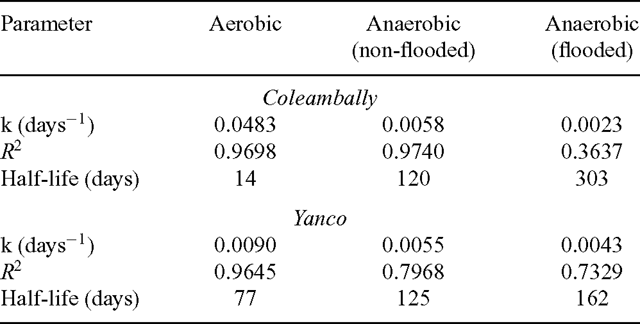Varian Star Chromatography Workstation Manual High School
May 28, 2017. Varian Star Chromatography Workstation Manual High School. Amplified Chromatographic Signal and UV- Absorbance Spectroscopy to Evaluate Lysozyme after Thermal Denaturation and in Contact Lens Extracts. Claude J Giasson. Downtown Branch, Montreal, Quebec H3. The electrochemical sensors used in this study are able to detect NO with a high grade of sensitivity and selectivity. Modeldeleted LC4B, 2701 Kent Avenue West Lafayette, IN, USA) and a PC-based analog-to-digital converter system (Varian Star Chromatographic Workstation, Valnut Creek, CA, USA). For this purpose, we used a manual meter PMD100D (Thorlabs Ltd., New Jersey, USA). Measurements were conducted. 450 nm wavelengths. The test was performed on a computer controlled by Star Chromatography Workstation software (version 6.3); the device was made by Varian (New York, USA).
Clostridium perfringens causes enteric diseases in animals and humans. In poultry, avian-specific C. Anything Goes Script Cover. Perfringens strains cause necrotic enteritis, an economically significant poultry disease that costs the global industry over $2 billion annually in losses and control measures. With removal of antibiotic growth promoters in some countries this disease appears to be on the rise. In experimental conditions used to study disease pathogenesis and potential control measures, reproduction of the disease relies on the use of predisposing factors such as Eimeria infection and the use of high protein diets, indicating complex mechanisms involved in the onset of necrotic enteritis.


The mechanisms by which the predisposing factors contribute to disease progression are not well understood but it has been suggested that they may cause perturbations in the microbiota within the gastrointestinal tract. We inspected changes in cecal microbiota and short chain fatty acids (SCFA) induced by Eimeria and fishmeal, in birds challenged or not challenged with C. Perfringens challenge in the absence of predisposing factors did not cause significant changes in either the alpha or beta diversity of the microbiota nor in concentrations of SCFA. Moreover, there was no C. Perfringens detected in the cecal microbiota 2 days post-challenge without the presence of predisposing factors. In contrast, both fishmeal and Eimeria caused significant changes in microbiota, seen in both alpha and beta diversity and also enabled C.
Perfringens to establish itself post challenge. Eimeria had its strongest influence on intestinal microbiota and SCFA when combined with fishmeal. Out of 6 SCFAs measured, including butyric acid, none were significantly influenced by C. Perfringens, but their levels were strongly modified following the use of both predisposing factors.
There was little overlap in the changes caused following Eimeria and fishmeal treatments, possibly indicating multiple routes for progressing towards clinical symptoms of necrotic enteritis. Introduction It has been more than half a century since necrotic enteritis (NE) was first reported in chickens by Parish et al.. Despite decades of research, NE remains one of the major challenges in the poultry industry and is associated with extensive production losses worldwide. Although Clostridium perfringens is clearly the pathogen responsible for NE, both field experience and efforts to experimentally reproduce the disease have shown that onset of NE is a complex process requiring one or a number of predisposing factors rather than just the presence of pathogenic C. Perfringens strains,.
Comments are closed.